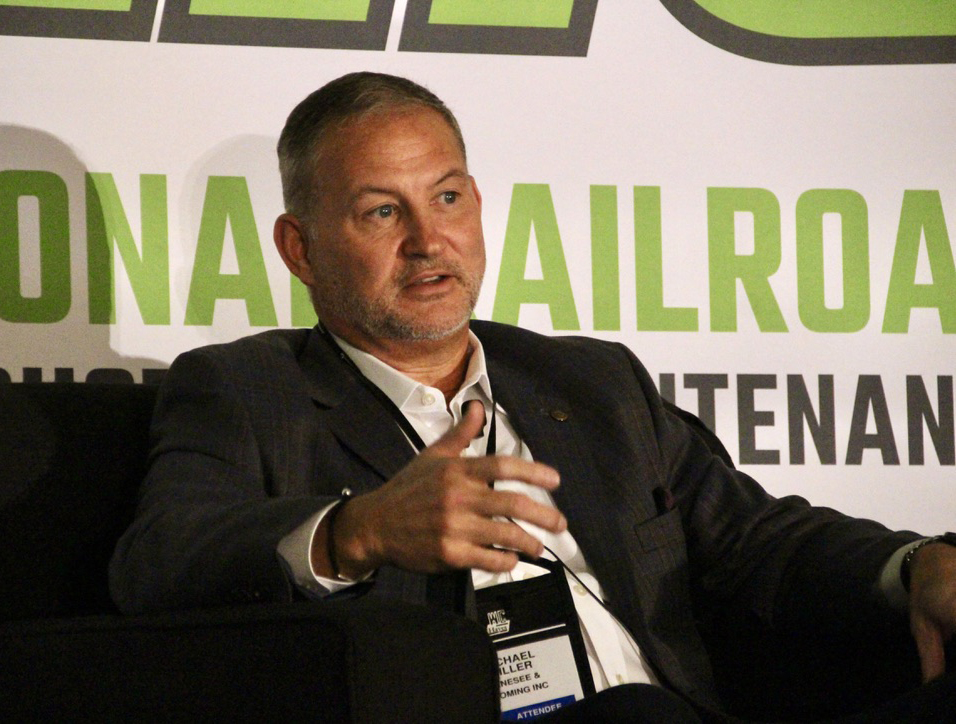
BOCA RATON, Fla. — To a degree, the debate over one- or two-person crews is academic for Michael Miller, the president of Genesee & Wyoming’s North American operations.
“We don’t have many operations where we would have one-man crews,” Miller said today (Thursday, Jan. 5) during the “fireside chat” closing the first day’s general session at the National Railroad Construction and Maintenance Association conference. “Most of our activity’s switching, so we would have two-man crews on the train, anyway, to switch cars and do the work.”
But that doesn’t mean Miller is agnostic about the debate, given G&W’s overseas experience.
“We probably have more experience than anybody else, because every one of our trains in the [United Kingdom] operates with one man on the train,” Miller said. “What I will tell you is we have less incidents, we have less accidents, we have less injuries with one-man crews. It’s a fact. It’s empirical data. You can look at it for the last six years since we’ve been operating it.
“It is a little bit different operation,” he continues. (A key difference: in the UK, a half-mile long freight is considered a long train.) “But you know what, it’s comingled with passenger trains all day long. Passenger takes precedence over freight. We’re sitting in sidings; we’re stopping and going; we’re jumping inside and outside of passenger train operations, and like I said, we have less incidents, less accidents, less derailments over there than we do here. So I think that’s one thing to learn: two men in the seat doesn’t make a safer operation.”
He also pointed to a recent visit to Arizona, where he found himself on Interstate 10, “and I saw a truck going down the highway with nobody in the cab. We are comingling trucks with passengers on the interstate … and yet in a non-comingled operation, where we have dedicated infrastructure, we are requiring two-man crews. …
“I think we have to take this two-man-crew lens and really look at with the facts and make the competitive landscape equal. Because if you’re going to have trucks with no drivers, and you’re going to make trains run with two, it’s not a fair landscape.”
A workforce issue of another kind —finding and keeping employees — was probably Genesee & Wyoming’s “single biggest area of focus in 2022,” Miller said, “because we started to see more attrition as the economy started to open up.” The company’s turnover rate among new hires, he said, is near 20%.
“It’s people less than 30 years of age and have no years of service in the railroad, and money doesn’t keep them happy,” he said. “You can’t buy them to come to work.” And so, he said, G&W is seeking ways to find a better “work-life balance” for its employees.
“And what we’ve had to do, and we’re just at the very tip of it right now, is we’re changing work schedules where we’re doing four days on, three days off; three days on, four days off. Where we have extra boards, we guarantee days off, where people on extra boards know what days they will have off, because they were on call 24-7. … It costs us money to do that, but quite honestly, it’s cheaper than giving everybody a wage increase and watching the turnover stay the same. … And you can’t do it at every railroad, that’s the real challenge. Not every railroad can you go four on and three off, 12-hour-a-day shifts.
“But I think for our industry, that is going to be the biggest challenge — finding a work-life balance that makes running a 24-by-seven operation sustainable for the new generation who doesn’t want to work that kind of environment.”
Organic growth and rail ferry operations
G&W has been known for growing through acquisition, as reflected by its stable of 112 short lines and regional railroads in North America. But with the values of short lines and financing costs both having risen, Miller said, the company’s focus has shifted in recent years to trying to grow traffic on the railroads already in hand — in no small part by pursuing industrial development on those railroads.
“We’re seeing more industrial companies look to reshore and near shore, and that’s created opportunities for us,” Miller said.
An example is a Hyundai plant to manufacture batteries and build electric cars in Georgia on G&W’s Georgia Central Railroad [see “Genesee & Wyoming railroad to serve new Hyundai plant …,” Trains News Wire, May 23, 2033]. The Hyundai plant will generate about 20,000 cars of traffic for the Georgia Central, roughly doubling its traffic. “That’s 8,000 more jobs, just at the Hyundai plant alone, plus all the supplier jobs,” Miller said. “So you think about the economic development that comes along with that.”
Interestingly, Miller says none of the rail traffic will be generated by the battery plant: “As far as we can tell, there’s no battery production facilities out there today that are rail served. The 20,000 carloads we’re talking about is all finished vehicles going out for distribution.”
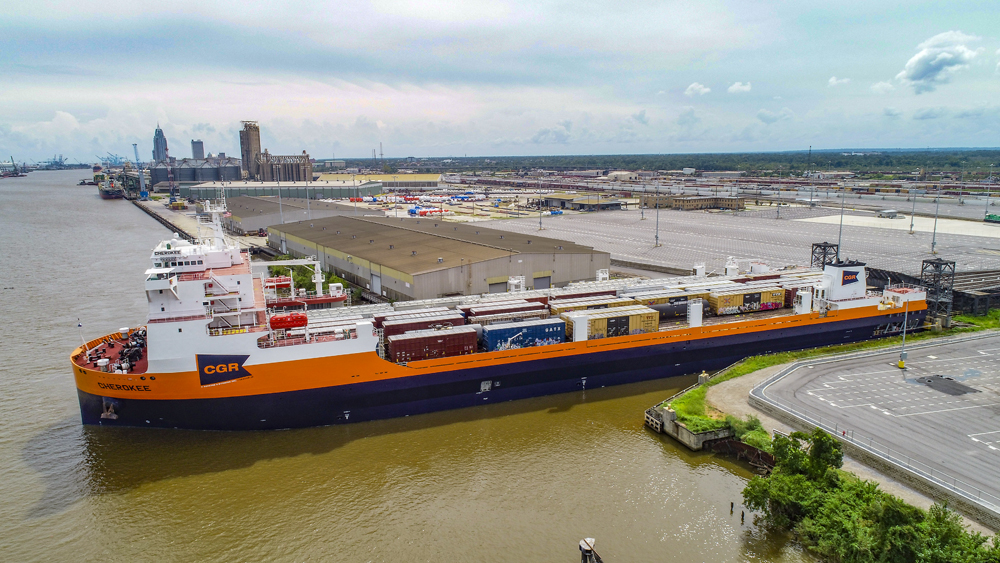
Miller also touched on CG Railway, the U.S.-Mexico rail ferry operation that is a joint venture of G&W and SEACOR Holdings [see “CG Railway: Where trains go to sea,” October 2022 Trains Magazine, and “Genesee & Wyoming christens new Gulf of Mexico rail ferry,” News Wire, May 18, 2022].
The launch of two new ships has changed the operation from one that was highly unreliable — “to the point we wouldn’t even sell it to our own customers,” Miller said — to one where the company is “pretty bullish on the growth opportunities,” given the four-day transit time to Central Mexico, the ability to clear customs on the water, and other advantages over an all-rail route.
“It’s a great supply chain solution,” he said. “We think it’s going to have the opportunity to grow and expand. Quite honestly, with two vessels, you can sell yourself out pretty quickly, s\o the real question is, is there going to be enough growth opportunity to justify buying a third vessel or a fourth vessel? Or is there another market you want to roll this into, to kind of expand the footprint of CG Railway?”






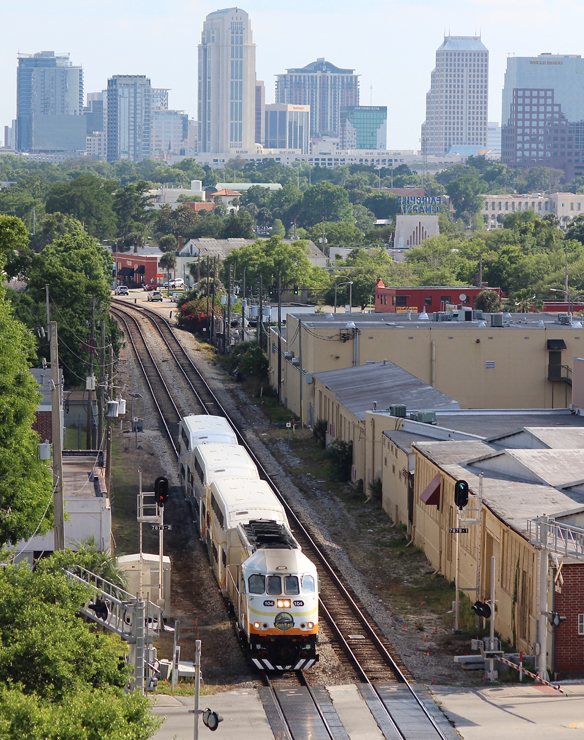

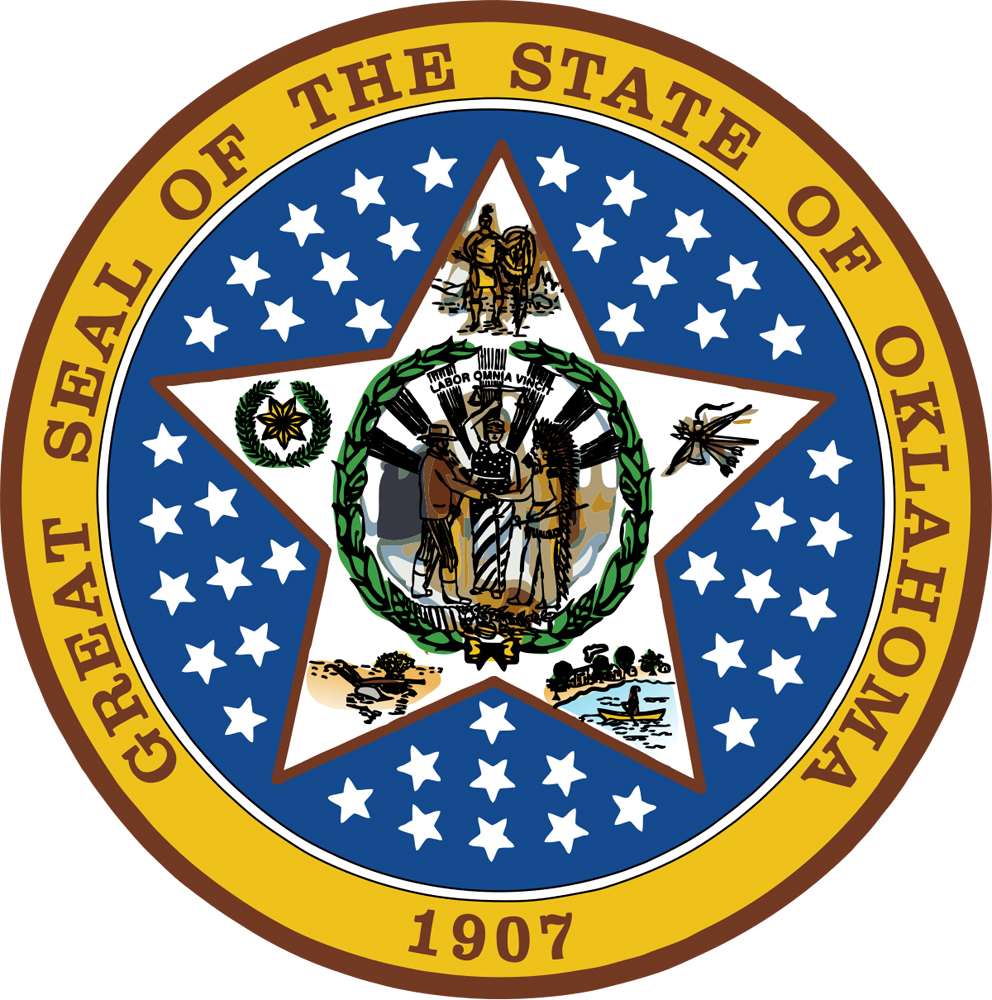
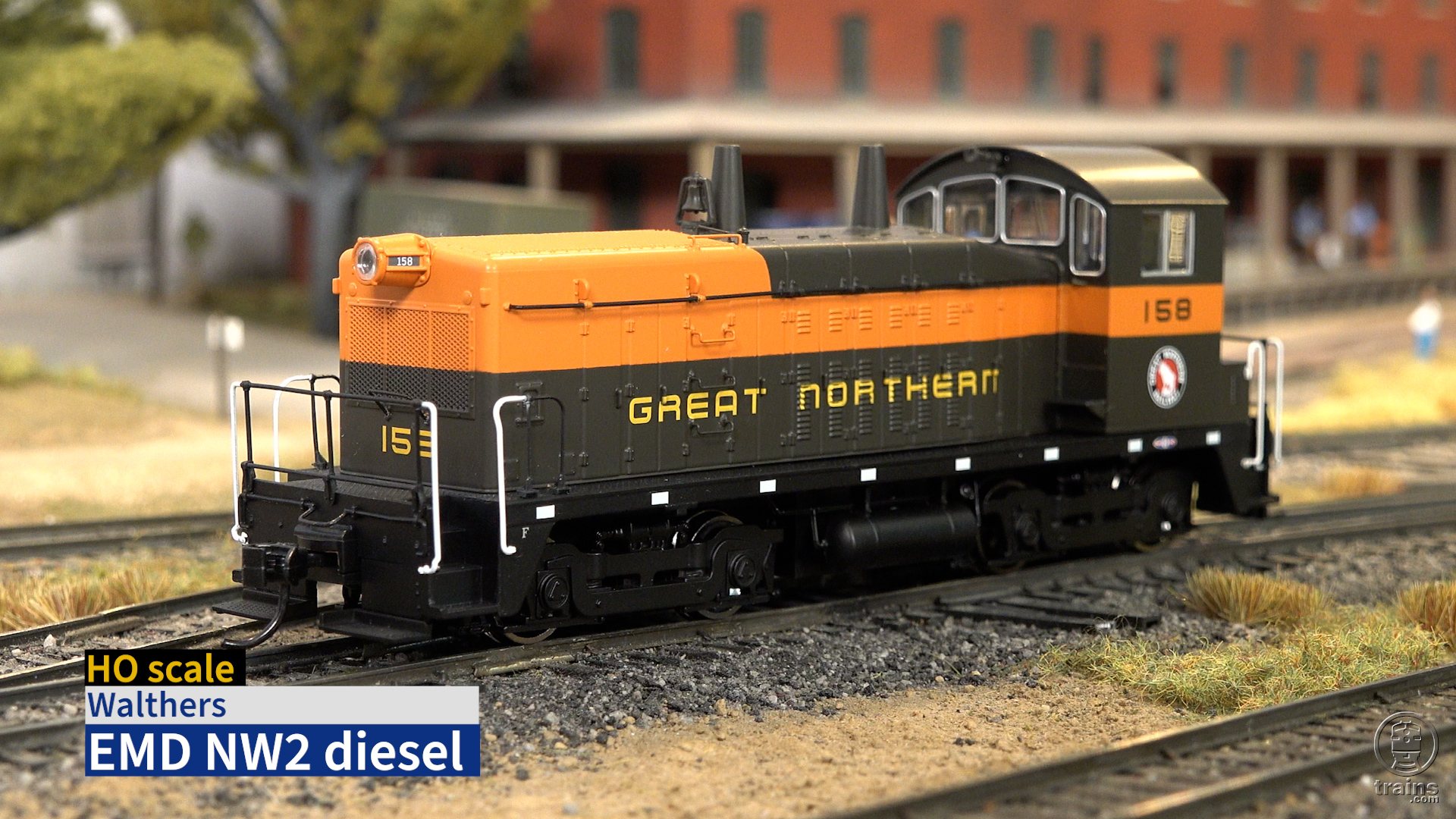




Amazing a clown like this makes this argument but has never ran a train anytime day or night, weekends or in bad weather.
I recall these same arguments in 1982 after the national strike that eliminated the caboose requirement. W/o the caboose you’re going to see far more accidents.
It didn’t happen.
The railroads started to cut crews form 5 to 4 to 3 and then to 2, and we all heard the same arguments. Except it was “the Florida East Coast isn’t a real railroad like the others everywhere else.” Yet they were.
Lac Megantic was a case of bad management and poor labor practices, as well as emergency crews totally unfamiliar with trains and rail safety.
As for walking the train in 100 degree heat, in Australia that would be 125 degrees.
Well…it’s all about economics…executive compensation! In the US, freight operations require a mandatory 2 man crew. If a problem occurs in the cab and the safety technology does not “see” the issue, the 2nd man will! Cut the exec compensation and keep the 2 man in the cab logic. There has to be a common sense approach to this issue, never rely on data supplied by some computer algorithm!!!!!
Light weight short trains with 1 locomotive on a well maintained lines with few or no grade crossings that run at relatively higher speeds for short distances. What’s not to like about a one man crew. That is emphatically the complete and total opposite from US operations.
Please stop comparing railroad operations in Europe to what we run in North America to justify one man crews. Apples to oranges.
Exactly that.
Okay then, compare Australia iron ore operations to North American to justify NO MAN crews…apples to apples with the exception of population. You are using a straw man argument against one person crews.
None of you commenting here even bothered to pay attention to the fact he stated the majority of G&W operations require two man crews because they involve switching. Remove the switching component from mainline trains and you don’t really need that second person ALL THE TIME.
Of course one person crews are safe! Just depends if you’re talking about public and worker safety, or the safety of executive compensation and shareholder returns. The MBAs have done the accounting and whatever claims have to be paid out for short crews are far exceeded by the profits dropping straight to the bottom line.
Comparing the UK operations to the US is disingenuous and false equivalency. Executives are practiced iartwork art form.
The people of Lac Megantic would beg to differ. One person crews are a terrible idea. They always will be.
Obviously Gerald you’ve never brought a 18,000 ton coal train down Palmer Lake, or have been out dog catching trains in blinding snow, or have walked a 1.5 mile train in 100 degree heat after the detector gets it. We are not in Australia either Enough said.